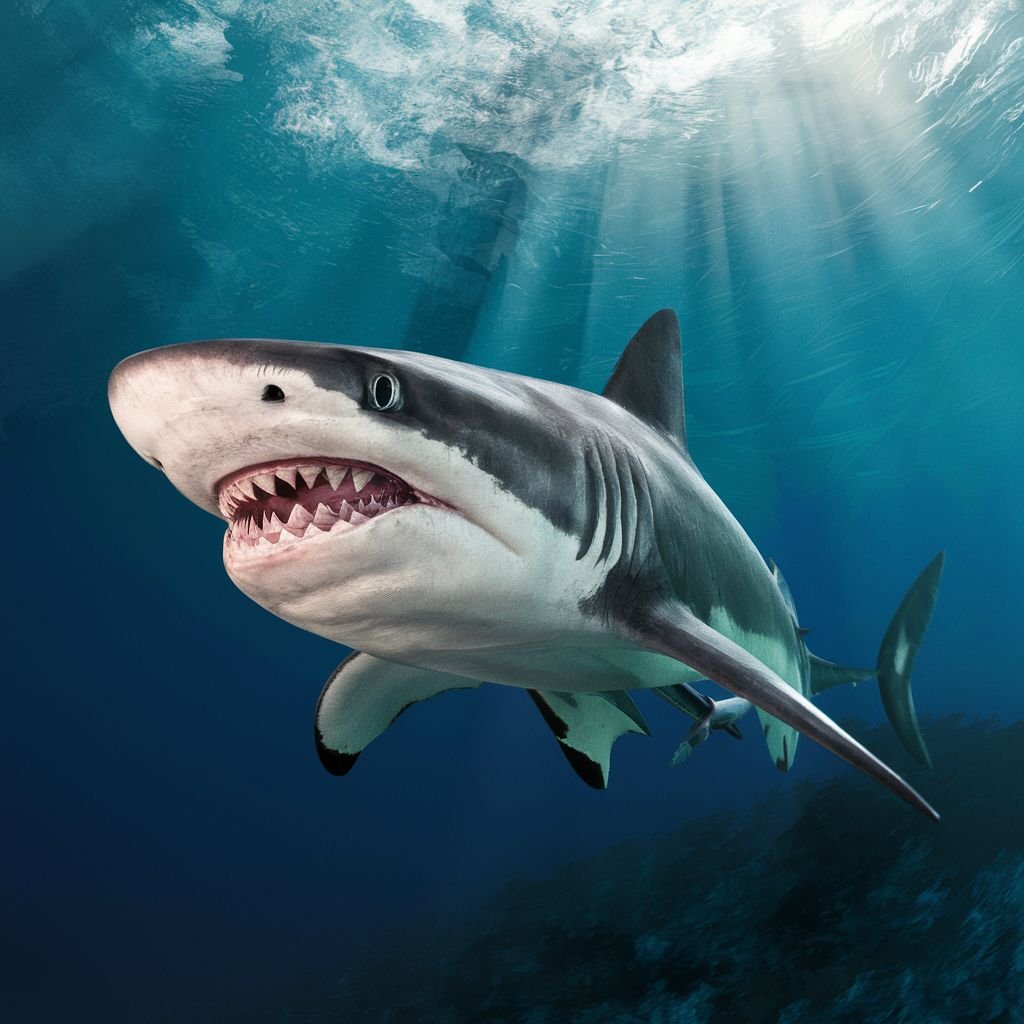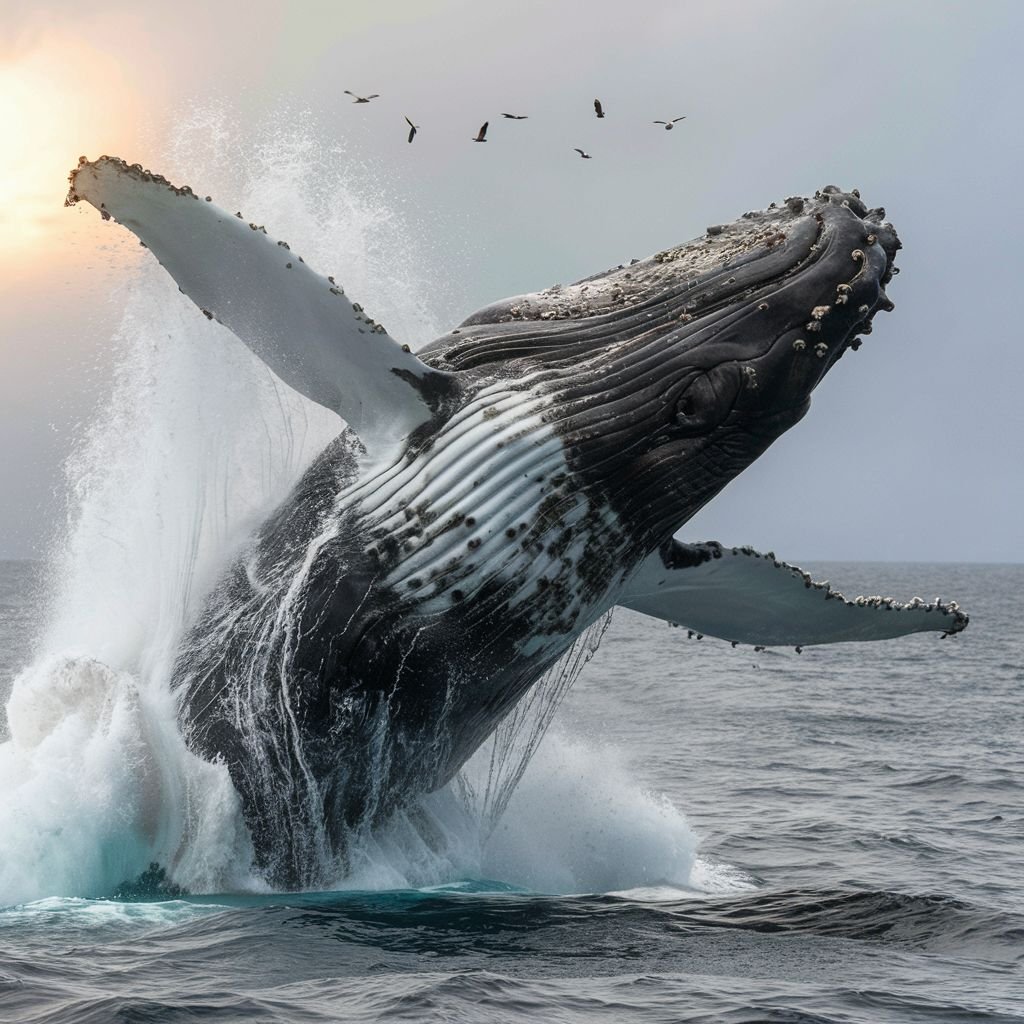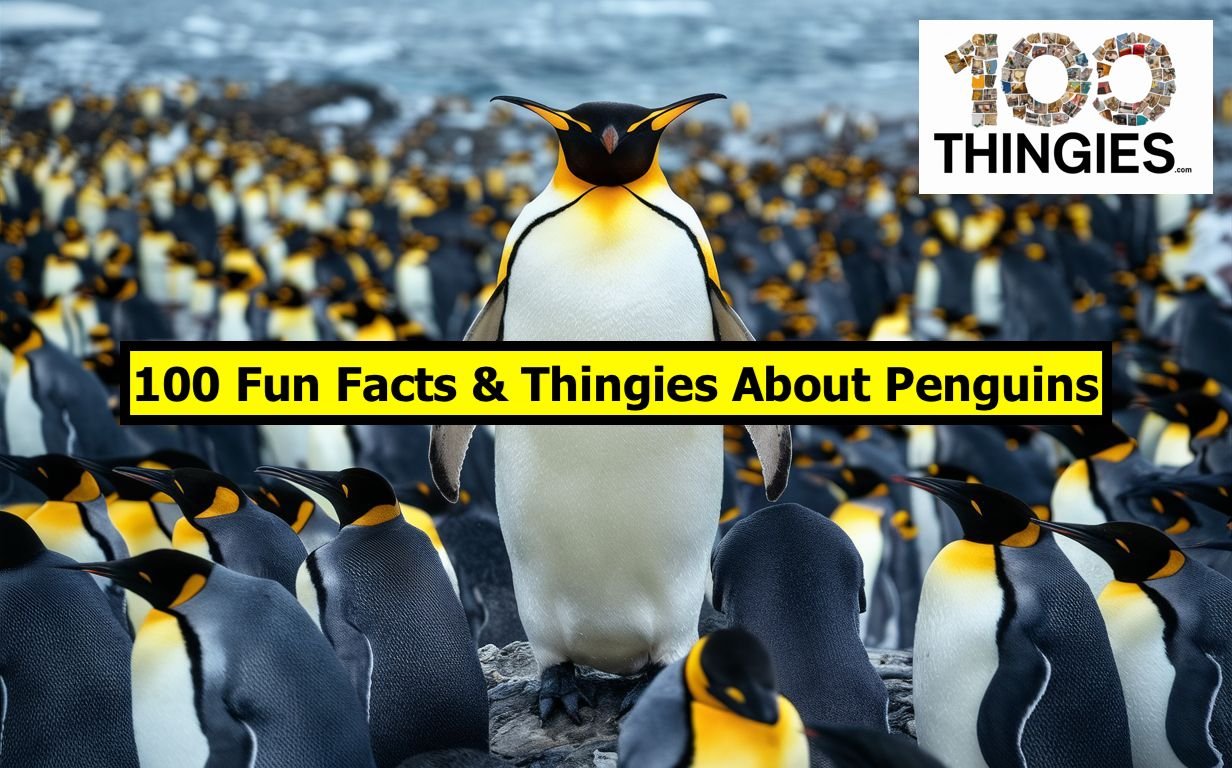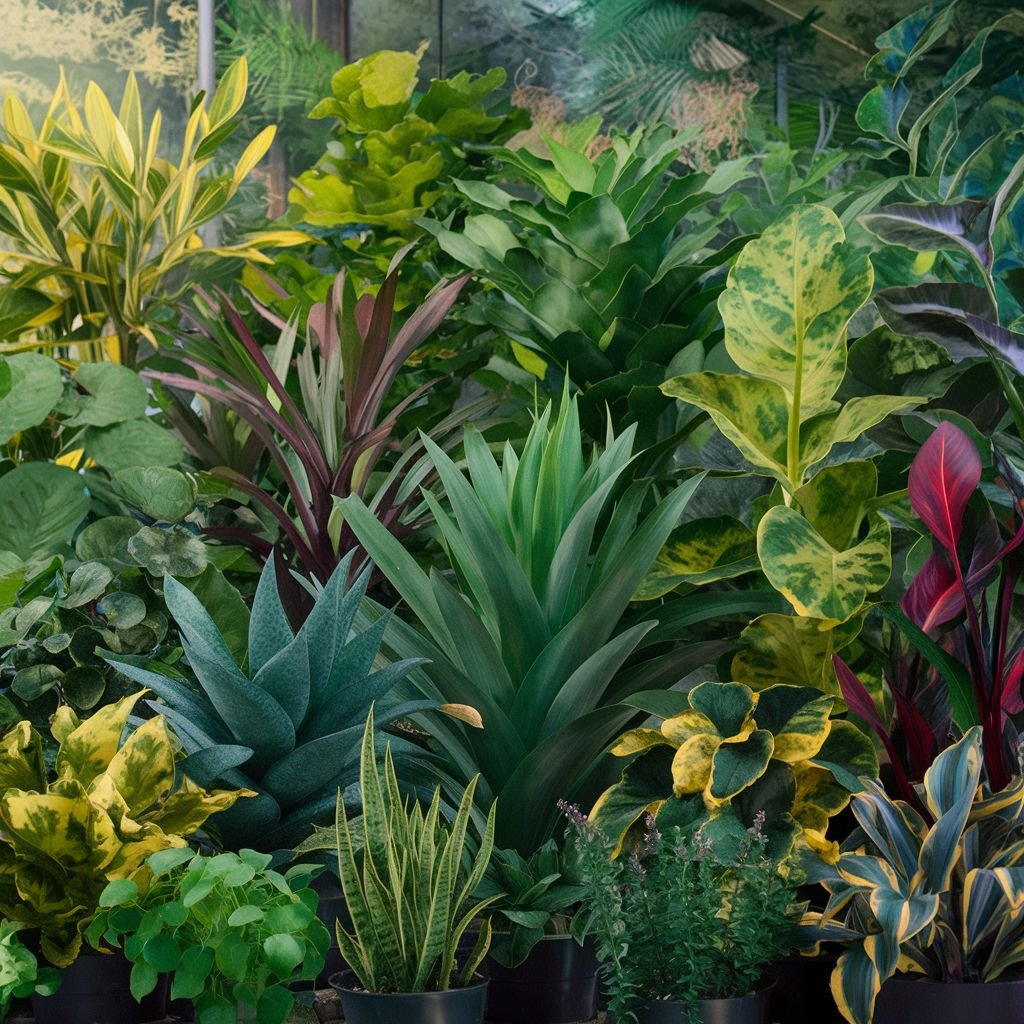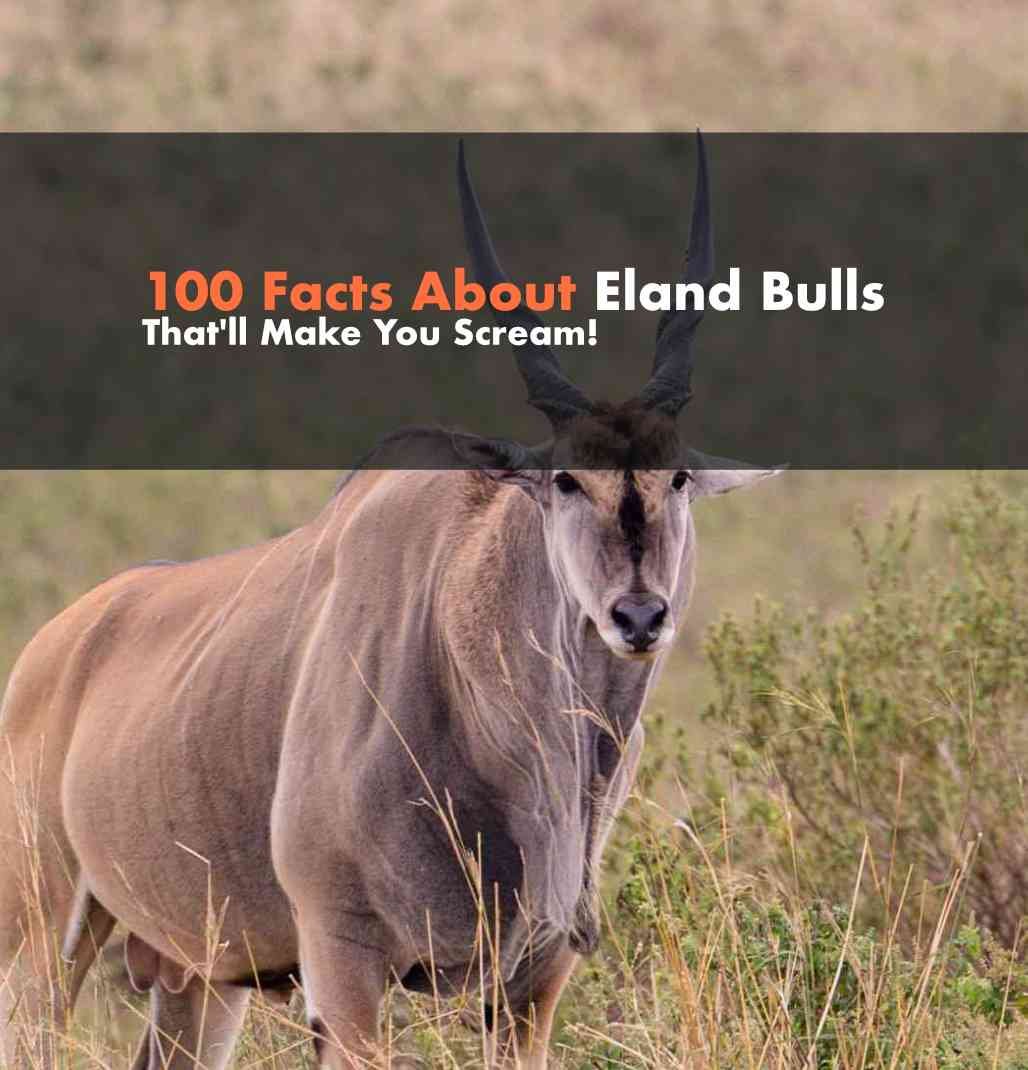Embarking on a cosmic journey through our solar system, let’s explore 100 fun and fascinating facts about our solar system, of course with a sprinkle of humor and a dash of wonder. Fasten your asteroid belts; we’re about to launch into a universe of discovery!

1. The Sun’s Massive Share
Our Sun boasts 99.86% of the solar system’s mass, making everything else in our solar system akin to cosmic dust on its scales.
2. Mercury’s Speedy Year
A year on Mercury, the time it takes to orbit the Sun, lasts just 88 Earth days. It’s practically living life in the fast lane.
3. Venus: Earth’s Scorching Twin
Venus, often called Earth’s twin due to its similar size, is shrouded in thick clouds of sulfuric acid, with surface temperatures hot enough to melt lead.
4. Earth: The Blue Marble
About 71% of Earth’s surface is covered by water, making it the solar system’s go-to destination for water sports.
5. The Moon’s Slow Departure
The Moon is drifting away from Earth at a pace of about 1.5 inches per year. It’s like it’s slowly backing out of the room hoping we won’t notice.
6. Mars: The Red Planet
Mars owes its reddish appearance to iron oxide, or rust, scattered across its surface. It’s essentially a giant, dusty, desert sphere.
7. Jupiter’s Protective Role
Jupiter’s massive gravity helps shield Earth from space debris, acting like a cosmic bodyguard that deflects potential threats.
8. Saturn: The Ringed Beauty
Saturn is famous for its stunning rings, made primarily of ice particles, rock, and dust. It’s the solar system’s most fashionable planet.
9. Uranus Rolls on Its Side
Uranus has a unique rotation, tilted over on its side about 98 degrees relative to the Sun. If planets had personalities, Uranus would be the eccentric one.
10. Neptune: The Windy World
Neptune is home to the solar system’s fastest winds, reaching speeds of more than 1,200 mph. It makes Earth’s hurricanes look like gentle breezes.
11. Pluto’s Downgrade
Pluto was reclassified from a planet to a dwarf planet in 2006, shrinking our solar system’s official planet count to eight.
12. The Asteroid Belt’s Rocky Road
The asteroid belt contains millions of rocky objects and separates the inner planets from the outer planets, like a cosmic divider.
13. Jupiter’s Persistent Storm
The Great Red Spot on Jupiter is a storm larger than Earth that has been raging for hundreds of years.
14. The Lightness of Saturn
Saturn is so light compared to its size that it would float in water, if you could find a bathtub big enough.
15. Venus’ Reverse Spin
Venus spins in the opposite direction to most planets in the solar system, making its sunrise from the west and set in the east.
16. Mercury’s Extreme Temperature Swings
Mercury experiences the most significant temperature fluctuations of any planet, ranging from blistering hot to freezing cold.
17. Earth’s Tilted Axis
The 23.5-degree tilt of Earth’s axis gives us the changing seasons throughout the year.
18. Mars’ Olympus Mons
Olympus Mons, the tallest volcano in the solar system, is located on Mars and stands about 13.6 miles high.
19. Jupiter’s Moon Count
Jupiter has the most moons of any planet in our solar system, with a count that seems to keep growing as more are discovered.
20. Saturn’s Icy Rings
Saturn’s rings are made up of billions of pieces of ice, ranging in size from tiny grains to chunks as large as some buildings.
21. Uranus Is Tipped Over
Uranus’s axis is tilted so much, it virtually orbits the Sun on its side. Imagine trying to roll a ball that’s been flattened on two sides; that’s Uranus doing its best impression of a cosmic rolling pin.
22. Neptune: The Blue Giant
Neptune’s striking blue color is due to the absorption of red light by methane in its atmosphere. It’s like wearing blue-tinted sunglasses all day, every day.
23. Earth’s Moon: The Solar System’s Nightlight
The Moon, Earth’s loyal companion, reflects the Sun’s light, making it the perfect nightlight for romantic evenings or finding your way home after dark.
24. Mars and Its Potential for Past Life
Mars intrigues scientists with signs of dried-up riverbeds and minerals on its surface that form in the presence of water, suggesting it might have supported life billions of years ago.
25. Venus’s Super-Rotating Atmosphere
While Venus itself rotates slowly, its atmosphere whips around the planet at speeds up to 60 times faster. It’s the planetary equivalent of letting your hair down and spinning in circles.
26. Jupiter’s Family of Moons
With over 79 moons, Jupiter could host its own mini solar system. If the moons had a reunion, it would probably be the most chaotic family gathering in the galaxy.
27. Saturn Could Float in Water
If you could find a pool large enough, Saturn would float because its density is less than water’s. It’s the solar system’s oversized, lightweight beach ball.
28. Mercury Has a Molten Core
Despite being the smallest planet, Mercury has a partially molten core, much like Earth’s. It’s like the little planet that could, holding onto its fiery heart.
29. Uranus’s Extreme Seasons
Because of its tilted axis, Uranus experiences extreme seasons that last over 20 years each. Talk about a long winter!
30. Neptune’s Dark Spot Comes and Goes
Neptune has a Great Dark Spot caused by storms, but unlike Jupiter’s persistent spot, Neptune’s can disappear and reappear. It’s like playing cosmic peek-a-boo.
31. Pluto’s Heart
Pluto has a heart-shaped glacier the size of Texas and Oklahoma combined, which is a big reason people still have a soft spot for this dwarf planet.
32. Asteroid Belt’s Peaceful Coexistence
Despite popular images of a crowded asteroid belt, spacecraft can pass through it with minimal risk of collision. It’s more like navigating a cosmic desert than a rock-filled obstacle course.
33. Mars’s Mount Everest
Olympus Mons on Mars isn’t just the tallest volcano in the solar system; it’s nearly three times the height of Mount Everest. Talk about reaching for the stars!
34. Jupiter’s Moon Europa Has an Ocean
Europa, one of Jupiter’s moons, is believed to have an ocean beneath its icy crust, potentially harboring life. It’s the ultimate hidden pool party.
35. Saturn’s Moon Titan Has Rivers and Lakes
Titan, Saturn’s largest moon, boasts liquid methane rivers and lakes, making it one of the most Earth-like worlds we know of, aside from the freezing cold methane part.
36. Mercury’s Craters Are Named After Famous Artists
The craters on Mercury are named after famous artists, musicians, and authors. It’s like a hall of fame but for cosmic impact.
37. Venus Rotates Backwards
Venus rotates in the opposite direction to most planets. If you could stand on its surface, the Sun would rise in the west and set in the east.
38. Earth’s Only Natural Satellite
Our Moon is Earth’s only natural satellite, and unlike any other large moons in the solar system, it has a synchronous rotation, keeping one face permanently turned toward us.
39. Mars’s Moons Might Be Captured Asteroids
Mars’s two small moons, Phobos and Deimos, are thought to be captured asteroids based on their size and composition. It’s like Mars went shopping in the asteroid belt and liked a couple of items.
40. Jupiter’s Moon Io Is the Most Volcanically Active Body
Io, one of Jupiter’s moons, is covered in volcanoes and is the most volcanically active body in the solar system. It’s like the pizza with too much pepperoni, but every pepperoni is a volcano.
41. The Sun’s Solar Flares Can Impact Earth
Solar flares from the Sun can reach Earth, causing beautiful auroras and sometimes disrupting power grids and satellites. It’s the Sun’s way of reminding us it’s still there, with a light show and a bit of mischief.
42. Mercury Has Ice
Despite being the closest planet to the Sun, Mercury hosts ice within permanently shadowed craters at its poles. It’s like finding a snow cone stand in the desert.
43. Venus’s Day Is Longer Than Its Year
A single day on Venus, or the time it takes to complete one rotation, is longer than a Venusian year. It’s the ultimate definition of “time dragging.”
44. Earth’s Massive Moon
Our Moon is one of the largest in the solar system relative to its planet, contributing to Earth’s stable tilt and benefiting the evolution of complex life. It’s essentially Earth’s big buddy in the sky.
45. Mars’s Sunset Is Blue
While Earth enjoys red sunsets, Mars’s are blue due to the way the dust scatters light. It’s like seeing through a different-colored lens.
46. Jupiter’s Failed Star Ambitions
Jupiter is often described as a failed star. If it had been about 80 times more massive, it might have ignited nuclear fusion to become a star. It’s the solar system’s case of “almost made it.”
47. Saturn’s Hexagon Storm
A persistent hexagon-shaped storm rages at Saturn’s north pole, a meteorological mystery wrapped in a six-sided enigma.
48. Uranus’s Moon Miranda Has a “Frankenstein” Surface
Miranda, one of Uranus’s moons, has such a varied and fractured surface it looks like it was pieced together from parts. It’s the solar system’s own “Frankenstein” moon.
49. Neptune’s Supersonic Winds
Neptune’s winds can reach speeds over 1,200 mph, faster than the speed of sound on Earth. It’s not a place for wind chimes; they wouldn’t last a second.
50. Pluto’s Mountain Ranges
Pluto has mountain ranges made of water ice that are as high as the Rockies. It’s a cold, distant world with a heart and a backbone.
51. The Solar System’s Tail
The solar system has a tail, similar to a comet, known as the heliotail. It’s caused by the solar wind streaming out behind the Sun and planets as we move through space.
52. The Color of Mars’s Sky
The sky on Mars appears pinkish or butterscotch, especially during dust storms, making it the most Instagrammable sky in the solar system.
53. Venus’s Acid Rain
Venus experiences acid rain, but it evaporates before reaching the ground due to the extreme heat. It’s the ultimate natural but hostile cleanse.
54. Jupiter’s Rings Are Made of Dust
Unlike Saturn’s icy rings, Jupiter’s faint rings are made of dust. They’re like the solar system’s neglected attic space, full of cosmic dust bunnies.
55. Saturn’s Moon Enceladus Shoots Water into Space
Enceladus, one of Saturn’s moons, has geysers that shoot water vapor and ice particles into space, contributing to one of Saturn’s rings. It’s the solar system’s version of a water park.
56. Uranus Smells Like Rotten Eggs
The clouds in Uranus’s upper atmosphere contain hydrogen sulfide, the same compound that gives rotten eggs their smell. It’s not winning any interplanetary smell contests.
57. The Density of Saturn
Saturn is so light for its size that if you could find a bathtub large enough, it would float. It’s the solar system’s oversized pool float.
58. Neptune Was Predicted Mathematically Before It Was Seen
Neptune was the first planet located through mathematical predictions rather than through regular observation, showcasing the power of math in unraveling cosmic mysteries.
59. Mars Rovers Sing Happy Birthday
The Curiosity rover on Mars sings “Happy Birthday” to itself every year on August 5th, the anniversary of its landing. It’s possibly the loneliest birthday party in the solar system.
60. The Longest Canyon in the Solar System
Mars hosts Valles Marineris, the longest canyon in the solar system, stretching over 2,500 miles. It makes the Grand Canyon look like a scratch on Earth’s surface.
61. Water Reservoir on Jupiter’s Moon
Europa, one of Jupiter’s moons, harbors more water beneath its icy surface than all of Earth’s oceans combined. It’s the ultimate hidden oasis, just a tad bit chillier and farther than most would like for a swim.
62. The Sun’s Incredible Weight Loss Program
Every second, the Sun loses about 4 million tons of mass due to the fusion of hydrogen into helium. Talk about an effective weight loss strategy, albeit not recommended for anyone but stars.
63. Saturn’s Moon Titan Has Liquid Lakes and Rivers
Titan, Saturn’s largest moon, features liquid methane and ethane lakes and rivers, making it the only other known body in the solar system with stable liquid on its surface. It’s like Earth’s chilly, chemical cousin.
64. Mercury’s Giant Iron Core
Mercury has a disproportionately large iron core, which makes up about 75% of its diameter. If Mercury were a peach, the pit would take up most of the fruit!
65. Venus’s Super-Rotating Atmosphere
Venus’s atmosphere rotates much faster than the planet itself, completing a full rotation in just four Earth days. It’s as if the skies above Venus are trying to outrun the planet.
66. The Solar System’s Age
Our solar system is about 4.6 billion years old, a middle-aged star system if you consider the expected lifespan of the Sun. It’s been around the block a few times in galactic terms.
67. A Mountain on an Asteroid
Vesta, one of the largest asteroids in the solar system, has a mountain twice as high as Mount Everest. It’s the little asteroid that could, sporting its own impressive peak.
68. The Sun’s Hot Atmosphere Mystery
The Sun’s atmosphere, or corona, is much hotter than its surface, reaching temperatures of millions of degrees. Scientists are still unraveling this fiery paradox.
69. Olympus Mons: A Volcano That Could Swallow France
The base of Mars’s Olympus Mons is so large that it could cover the entire country of France. It’s a good thing Mars doesn’t have any real estate agents.
70. Jupiter’s Moon Ganymede Is Bigger Than Mercury
Ganymede, Jupiter’s largest moon, is bigger than the planet Mercury but is made of ice and rock, making it a chilly giant.
71. The Solar System’s Longest Day
A day on Venus lasts longer than a year on Venus, due to its slow rotation and orbit around the Sun. It redefines the concept of a long day at work.
72. Uranus’s Extreme Axial Tilt
Uranus’s axis is tilted so much, it almost orbits the Sun on its side. It’s the solar system’s rebel, refusing to stand up straight like everyone else.
73. Mars’s Massive Dust Storms
Mars can experience dust storms that engulf the entire planet for months, covering everything in a fine red powder. It’s not the best weather for a picnic.
74. Neptune’s Discovery Was a Mathematical Triumph
Neptune was discovered thanks to predictions based on the odd orbit of Uranus. It’s like finding a hidden treasure by following a map written in math.
75. Pluto’s Heart Shapes Weather Patterns
The heart-shaped region on Pluto, known as Tombaugh Regio, is made of nitrogen ice and influences the dwarf planet’s atmospheric circulation. Who knew a heart could do so much?
76. The Sun’s Solar Flares Can Reach Earth
Solar flares and coronal mass ejections from the Sun can travel all the way to Earth, causing beautiful auroras and sometimes disrupting satellites and power grids. It’s the Sun’s way of sending a postcard, occasionally with a bit of attitude.
77. The Sun Consumes 600 Million Tons of Hydrogen Per Second
In the Sun’s core, 600 million tons of hydrogen are fused into helium every second, powering the solar system’s central star. It’s quite the diet.
78. The Solar Wind Shapes Planetary Atmospheres
The solar wind, a stream of charged particles from the Sun, interacts with planetary atmospheres, shaping their evolution and affecting their magnetic fields. It’s like the Sun’s breath, whispering across the solar system.
79. Venus’s Surface Is Young
Geologically speaking, Venus’s surface is relatively young, between 300 to 600 million years old, constantly reshaped by volcanic activity. It’s the planet that refuses to show its age.
80. Earth’s Magnetic Field Acts as a Shield
Earth’s magnetic field protects us from the solar wind, trapping charged particles in the Van Allen radiation belts and preventing them from stripping away the atmosphere. It’s our planetary force field.
81. Meteor Showers from Comet Debris
Meteor showers occur when Earth passes through the debris left by comets. It’s like cosmic confetti celebrating Earth’s journey around the Sun.
82. The Coldest Place in the Solar System
The Moon’s south pole, specifically craters that never see sunlight, are among the coldest known places in the solar system, rivalling even the icy surfaces of Pluto.
83. Saturn’s Moon Has a Methane Cycle
Titan, Saturn’s largest moon, experiences a cycle similar to Earth’s water cycle, but with methane, including rain and rivers. It’s the only other known body in the solar system with stable liquid on its surface.
84. Jupiter’s Great Red Spot Could Swallow Earth
The Great Red Spot, a giant storm on Jupiter, is so large that Earth could fit inside it with room to spare. Thankfully, Earth prefers its own space.
85. Earth Isn’t a Perfect Sphere
Due to its rotation, Earth bulges slightly at the equator, making it an oblate spheroid rather than a perfect sphere. It’s Earth’s way of saying it’s comfortable in its shape.
86. The Only Planet Not Named After a Deity
Earth is the only planet in our solar system not named after a Roman or Greek deity. It’s like Earth decided to keep things simple and down-to-Earth.
87. A Year on Mercury
A year on Mercury, the time it takes to orbit the Sun, is just 88 Earth days. However, its day, the time it takes to rotate once on its axis, is about 59 Earth days. Mercury likes to take its time spinning but hustles around the Sun.
88. Venus’s Surface Is Hot Enough to Melt Lead
With surface temperatures around 864°F (462°C), Venus is hot enough to melt lead. It’s the solar system’s version of a no-bake oven.
89. Mars’s Robots Outnumber Its Aliens
As far as we know, Mars is inhabited entirely by robots sent from Earth. So far, no Martians have been spotted, giving the robots a clear population advantage.
90. Io, Jupiter’s Volcanic Moon
Io, one of Jupiter’s moons, is the most volcanically active body in the solar system, with volcanoes so powerful they can shoot lava into space. It’s like the moon is constantly showing off its fireworks.
91. Uranus’s Moons Are Named After Literary Characters
Uranus breaks tradition by naming its moons after characters from the works of William Shakespeare and Alexander Pope, making it the most literary planet in terms of moon nomenclature.
92. Neptune’s Invisible Rings
Neptune has a system of rings, but they are so dark and faint that they were not discovered until the 1980s. It’s like Neptune was keeping a secret from the rest of the solar system.
93. Pluto’s Mountains Are Made of Water Ice
The mountains on Pluto are made of water ice, which is hard as rock due to the extreme cold. It’s a reminder that ice can be as formidable as stone, given the right conditions.
94. The Sun Is a Middle-Aged Star
The Sun is about 4.6 billion years old, which is roughly middle-aged for a star of its type. It has about 5 billion years to go before it retires as a white dwarf.
95. Mercury’s Craters Are Named After Famous Artists
The craters on Mercury are named after famous artists, musicians, and writers, honoring cultural figures on the surface of the speediest planet.
96. Venus Rotates Backward
Venus rotates on its axis in the opposite direction to most planets in the solar system. If you could watch the Sun from Venus, it would rise in the west and set in the east.
97. Mars Has the Largest Dust Storms
Dust storms on Mars can envelop the entire planet and last for months, covering everything in a fine, red dust. It’s like the planet decided to do some extreme spring cleaning.
98. Jupiter’s Moon Europa May Harbor Life
Europa, one of Jupiter’s moons, has a subsurface ocean that might have the conditions necessary for life, hidden beneath a crust of ice. It’s like the solar system’s own “Under the Sea” mystery.
99. Saturn’s Density Is Less Than Water
If you could find a bathtub large enough, Saturn would float because its average density is less than that of water. It’s the ultimate cosmic buoy.
100. The Solar System Is on the Move
Our entire solar system orbits the center of the Milky Way galaxy at an average velocity of about 515,000 mph (828,000 km/h). Even when you’re sitting still, you’re traveling through space at incredible speeds.


